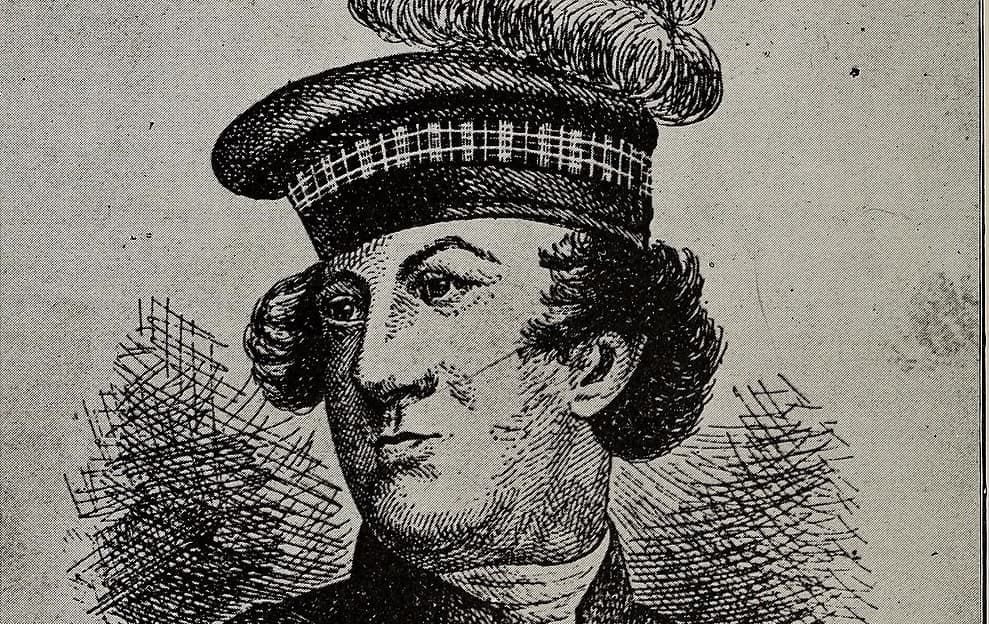Driving Slaves To Revolt: Two Books Expose the Ironies and Contradictions of Slavery
Authors Randy M. Browne and Andrew Lawler are keenly aware of the role of contingency and character in the shaping of history, and what is made of that history.

‘The Driver’s Story: Labor and Power in the World of Atlantic Slavery’
By Randy M. Browne
University of Pennsylvania Press, 224 Pages
‘A Perfect Frenzy: A Royal Governor, His Black Allies and the Crisis that Spurred the American Revolution’
By Andrew Lawler
Atlantic Monthly Press, 544 Pages
Some slave drivers were Black slaves put in charge of compelling the labor of their fellow captives. Some slave drivers subverted and even organized revolts against slave owners. During the American Revolution, a royal governor, in need of troops, promised freedom to the enslaved if they would fight on the British side.
Randy W. Browne and Andrew Lawler expose the ironies and contradictions of slavery as well as the mixed motivations of Black and white people. Thomas Jefferson, an early opponent of slavery without the will or means to abolish it, worried about what would happen to the patriot army if Governor Dunmore of Virginia’s Black recruitment campaign succeeded: “It has raised our countrymen into a perfect frenzy.”
Mr. Browne argues that the individual stories he tells are about the role of contingency and character, not merely the workings of a forced labor system. He notes, for example: “after Britain abolished its transatlantic slave trade in 1807, the metropolitan government orchestrated a series of uneasy compromises between abolitionists and planters designed to gradually reform slavery through new laws meant to ‘ameliorate’ the treatment of enslaved people, grant them limited legal rights, and better surveil plantation management.”
The politics of slave driving, in other words, were complicated “as much as those of any people.”
Mr. Lawler grew up with the story of thuggish Lord Dunmore and the saintly hero “invariably referred to as ‘Mr. Jefferson,’ as if he might at any moment knock on our front door and ask me to recite the Declaration of Independence.” History changed for Mr. Lawler during Black History Month on a trip to colonial Williamsburg. A gift shop book mentioned “Lord Dunmore’s Ethiopian Regiment” at a time when “four out of ten Virginians were enslaved workers,” some of them owned by the royal governor. Even so: “Defying threats of torture, imprisonment, and death, enslaved people flocked to his side.”
Lord Dunmore armed the enslaved and emancipated them, as Abraham Lincoln would do 88 years later, and with, I might add, the same results: the creation of a formidable fighting force — even if, in the end, Dunmore’s side did not prevail. What happened when slaves were offered the opportunity to determine their own destiny became Mr. Lawler’s project as he consulted military reenactors on the “finer points” of Revolutionary War battles. He conferred with professional historians and returned to Norfolk, now no longer a colonial city and with “almost no physical trace of those events beyond the churchyard perimeter.”
“Those events” became the stunning revelation of Mr. Lawler’s book: “Dunmore did not destroy Norfolk. That brutal act was, I learned, encouraged by Thomas Jefferson, perpetrated by the colony’s patriot authorities, and then blamed on the royal governor.” Even the cannonball in the wall of a church shown as evidence of Lord Dunmore’s Dresden-like destruction of a city was a lie: “Nearly a century passed before an enslaved worker dug it out of the ground and cemented it back in place at its owner’s direction.”
Like Mr. Browne, Mr. Lawler is keenly aware of the role of contingency and character in the shaping of history, and what is made of that history. At the time of Norfolk’s destruction, in 1775, the idea of separating from the mother country was opposed by many Americans, and Governor Dunmore had been a close friend of George Washington’s. Then “Dunmore’s move to free and arm Black men coupled with his alleged New Year’s Day burning of a major American city shocked even those wary of separation.”
Mr. Lawler, like Mr. Browne, is well aware that history can change abruptly after certain events, though he does not pin it all on Dunmore. At the same time, Thomas Paine’s ringing challenge in “Common Sense” galvanized the patriotic movement: “These are the times that try men’s souls.” That was true of Black and white people, though the idea that it was true for both is what horrified many of those who suddenly adopted the patriot cause.
Mr. Rollyson is the author of the forthcoming “Making the American Presidency: How Biographers Shape History.”

